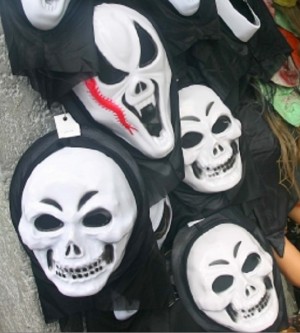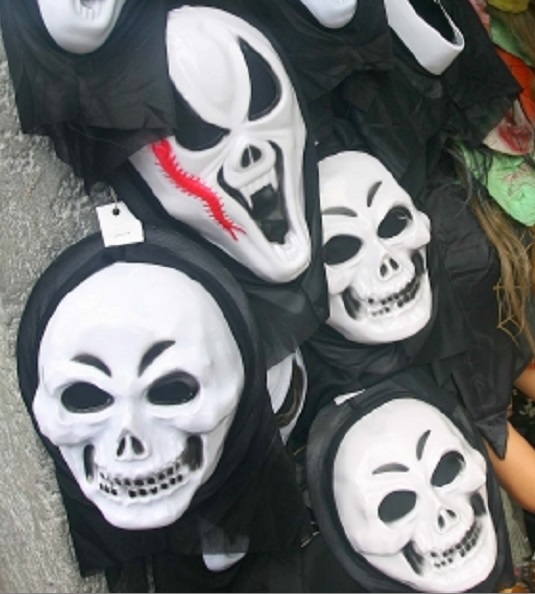
DAGUPAN CITY, Philippines—Lingayen-Dagupan Archbishop Socrates Villegas is asking parishioners in the province not to dress their children and themselves in outfits that depict demons, witches, vampires, zombies and creatures from local folklore like the tikbalang, aswang and kapre on All Saints’ Day.
“Scary Halloween costumes are not Christian,” Villegas said.
The Christian way of honoring the dead is through remembering the lives of the saints, he said.
Fr. Alvin Platon, St. John Cathedral parish priest, is organizing a “March of the Saints” here on Oct. 30 to remind the faithful of the supposed real meaning of All Saints’ Day, celebrated on Nov. 1, and All Souls’ Day, on Nov. 2.
“[Monsters] are not our friends so why should we dress like them? How can we reconcile the belief that we are good Christians but we are friends with bad creatures? Let us celebrate All Saints’ Day and not ‘All Monsters’ Day.’ Let us have a March of Saints and not March of Maligno,” Platon said.
Platon said that people should instead wear outfits that depict saints, whose day the Church is celebrating on Nov. 1.
He said that wearing costumes and scary outfits was adapted from practices in some European countries that celebrate Halloween, or All Hallows’ Eve, on Oct. 31, the eve of All Saints’ Day.
Halloween, Platon claimed, originated from pagan practices and was incorporated into the Christian celebration of All Saints’ Day.
To reclaim the celebration from pagan practices and to put the sacredness back in All Saints’ Day, Platon said his parish will hold a parade on Oct. 30 with the children wearing costumes portraying saints who “are shining examples of holiness that we must imitate.”
“The saints [who will be represented in the parade] have a common devotion of praying for the poor souls, which we celebrate on Nov. 2, or All Souls’ Day,” he said.
Among these saints, he said, are Pope Gregory the Great, Pedro Calungsod, Lorenzo Ruiz, Augustine of Hippo, Francis de Sales, John of the Cross, John Vianney, Padre Pio, Catherine of Bologna, Sister Faustina Kowalska, Gertrude the Great and Therese of Lisieux.
Platon said the March of Saints is being observed in Metro Manila parishes, but this is the first time it will be held in this coastal city and major commercial center of Pangasinan province.
The march around the city will culminate in a Mass at the cathedral. Platon said the children will undergo a catechism class on the lives of the saints and after the class, they will be treated to a party.
While he believed that the practice of wearing scary costumes should be stopped, he said he saw nothing wrong with some practices like “trick or treating,” where children go around neighborhoods and ask for treats, commonly candies, or else they play pranks to annoy house owners.
This is similar to the local practice of “panagkamarerwa” (kamarerwa is the Pangasinan term for soul) when some neighbors snitch eggs or chickens from their neighbors’ backyards, all in the spirit of fun.
“Trick or treating is fine, but let us remove the scary costumes,” Platon said.









































